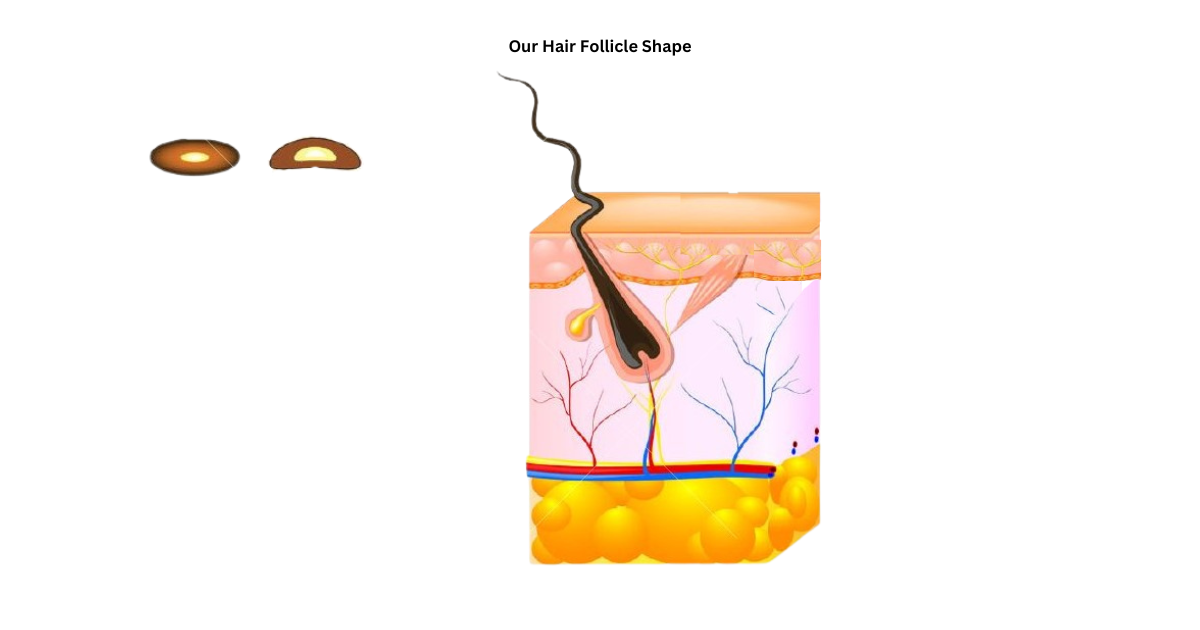
What is Hair? A Journey Through African American Strands
African American hair is a unique and beautiful testament to genetic diversity, with its distinctive structure and growth patterns setting it apart from other hair types. Understanding the intricacies of African American hair can be both enlightening and empowering, especially for those dealing with hair loss or seeking healthier strands.
The Unique Structure of African American Hair
African American hair is characterized by its tightly coiled pattern, which is a result of its distinctive follicle shape. The hair follicles are asymmetrical, with an elliptical or oval cross-section and a curved bulb. This unique structure contributes to the hair’s spiral shape and springlike appearance.
Follicle Shape and Hair Texture
The nearly flat, ribbon-like structure of African American hair follicles gives rise to very tightly coiled hair. This follicle shape is almost exclusive to people of African descent, making it a genetic trait passed down through generations.
Hair Layers and Strength
African American hair, particularly type 4, contains all three hair layers: cuticle, cortex, and medulla. The medulla, the innermost layer, is typically thicker in African hair compared to other hair types. This structure contributes to the hair’s strength and fullness.
Challenges and Characteristics
While African American hair is strong, its unique structure presents some challenges:
1. Moisture Distribution: The tight curls make it difficult for natural oils (sebum) to spread evenly along the hair fiber, leading to dryness and brittleness.
2. Breakage Susceptibility: The elliptical shape and irregular hair shafts make African American hair more prone to breakage compared to straighter hair types.
3. Density: African American hair typically has a lower density of about 190 hairs per square centimeter, compared to about 227 hairs per square centimeter in European hair.
Caring for African American Hair
Understanding these unique characteristics is crucial for proper hair care:
1. Gentle Handling: Due to its susceptibility to breakage, African American hair benefits from gentle handling and protective styles.
2. Moisture Retention: Regular deep conditioning and use of natural oils can help combat dryness.
3. Minimal Heat Styling: Excessive heat can damage the hair’s structure, so limiting heat styling is advisable.
4. Chemical Treatments: Be cautious with chemical relaxers, as they can alter the hair’s natural structure and potentially lead to damage.
Hair Loss in African Americans
Hair loss can be a concern for many African Americans. Central Centrifugal Cicatricial Alopecia (CCCA) is a form of hair loss more common in African American women. While its exact cause is debated, it’s believed to be influenced by genetics, hair care practices, and the unique structure of African American hair.
By understanding the distinctive features of African American hair, individuals can make informed decisions about hair care and potentially reduce hair loss. Whether you’re 16 or 65, embracing and properly caring for your unique hair type can lead to healthier, stronger strands.
Citations:
[1] https://www.dermatologytimes.com/view/hair-and-skin-diversity-examined
[2] https://www.thetech.org/ask-a-geneticist/articles/2005/ask107/
[3] https://pmc.ncbi.nlm.nih.gov/articles/PMC6873963/
[4] https://www.dentalhairclinicturkey.com/blog/afro-hair-types-complete-guide/
[5] https://pmc.ncbi.nlm.nih.gov/articles/PMC4560533/
[6] https://en.wikipedia.org/wiki/Kinky_hair
